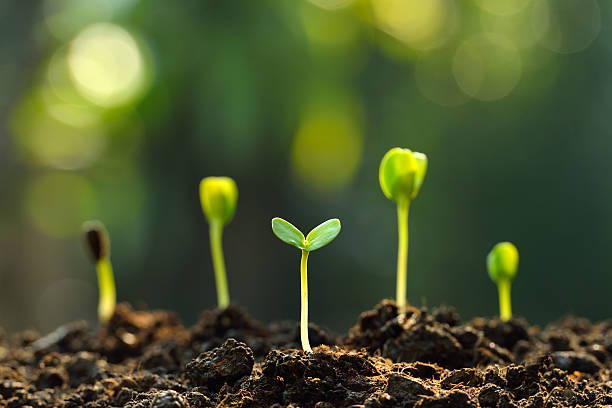Seeds of Opportunity: The African Growth Series
December 2021 | Issue 2
In this week's issue, you will learn more about:
- South Africa's Economic Outlook for 2021.
- The privatisation of sub-Saharan Africa's Energy sector.
South Africa Economic Overview
As the third largest African economy after Egypt and Nigeria, South Africa’s economy is projected to rebound by 3.8% in 2021 and 2.5% in 2022. As the global economy recovers, the South African economy indicated some positive growth during the first quarter of 2021 suggesting a return to South Africa’s longer-term economic trajectory. During 2021, South Africa’s manufacturing industry grew significantly, with vehicle and machinery exports alone amounting to one-fifth of total exports and the service sector contributing around 73%(the largest contributor) to GDP. The economy further indicated positive growth from the country’s remarkable exports throughout the pandemic. Exports grew by 7.5% while imports fell by 11.5%, with the European Union (EU) remaining as South Africa’s largest trading partner, accounting for 22% of the total trade. South Africa’s trade exports to the EU are more diversified than other SADC country. South Africa’s combined exports of agri-food, vehicles and transport equipment, machinery, chemicals, and plastics accounted for almost 60% of its export basket towards the EU.
Privatisation of sub-Saharan Africa’s Energy Sector
Of the 48 nations in sub-Saharan Africa (SSA), only 10 countries are responsible for electricity transmission and distribution. This was done for the majority of those through broader power sector reforms, such as Nigeria. State owned utilities manage the energy transmission and distribution (T&D) sector in the remaining 38 countries, although minor private sector participation (PSP) is allowed in select locations with narrowed scope of responsibilities. While PSPs involvement is generally associated with higher tariffs in response to increased operational costs and reduced governmental subsidies, the average transmission losses are typically 7% lower in PSP run countries than in state run countries (16%). State-owned T&D systems are in dire need for improvements suffering from inadequate maintenance, vandalism and theft and are likely to become major bottlenecks in the regions attempt of raising the electrification rate. It has been estimated that nearly 50% of all future investment needs to be funneled into the T&D sector. But Africa is ripe in opportunities, home to several renewable resources and perfectly situated to leapfrog expensive carbon-heavy generation and skip directly to sustainable, off-grid generation.

To find out more about opportunities in Africa, please contact Lynne Martin.
Lynne Martin
Rebecca Mabika

